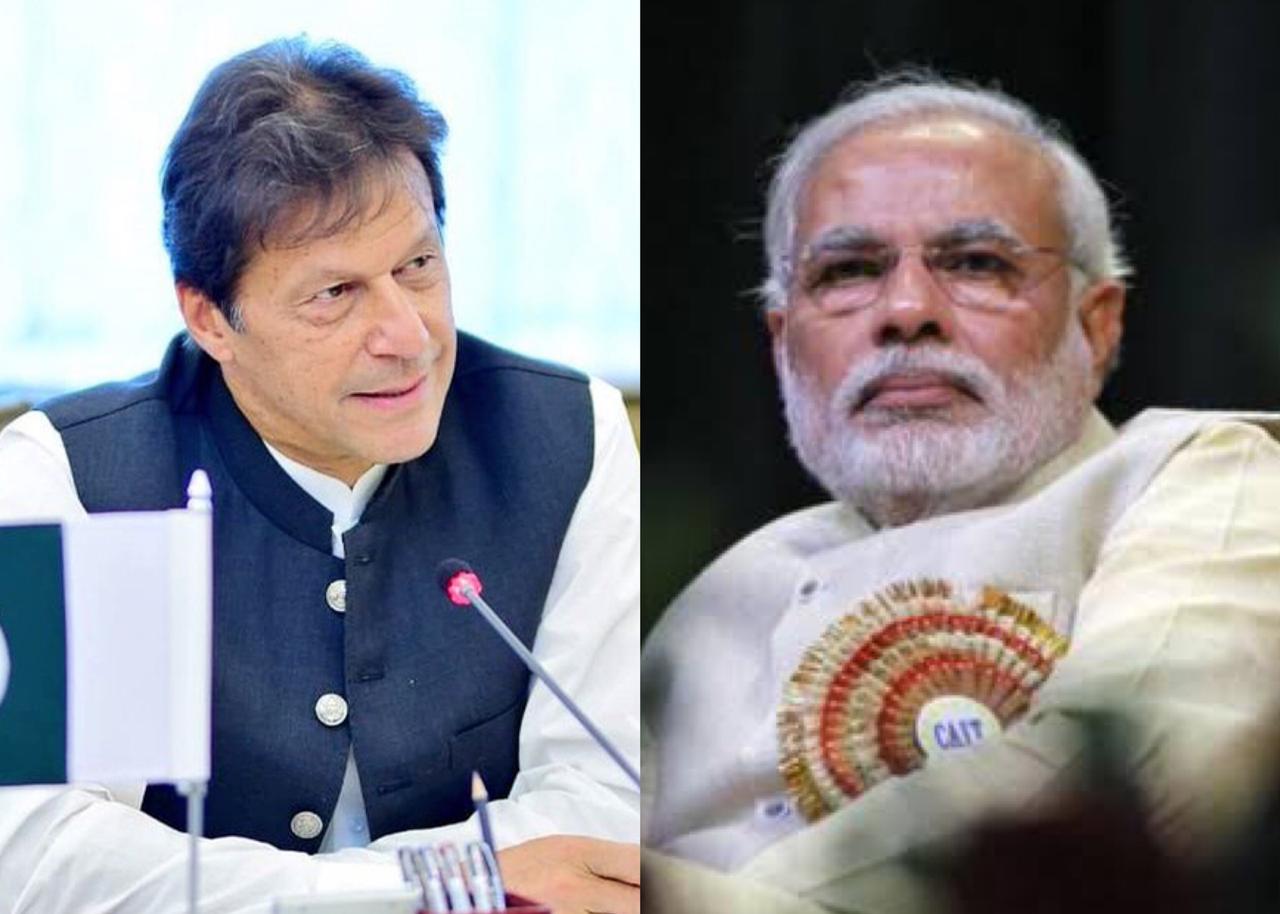
Strategic and military decision-making is science. However, in the Indo-Pak context, the ferocity of public sentiment and the ever-escalating passions make rational decision-making a tough call. After the media-generated jingoism after the Pulwama attack in February 2019, it was felt that Indian decision-makers under BJP and PM Modi, and duly supported by the ever argumentative army of defence and security analysts, seem to genuinely believe they would be able to browbeat Pakistan into the “new normal” on Kashmir and other issues, annexation being a planned sequel.
The Indian military, eager for a fight mistakenly thinks they could put the Cold Start Doctrine in practice, forcing spatial losses on Pakistan besides significant destruction of our forces and infrastructure in a conventional conflict across the land, air, and sea, without any meaningful retaliation from Pakistan. In their calculations, they confuse our political divide, ethnic divergence and economic difficulties with our lack of resolve to respond effectively to such provocation. In simple words, they perceive our nuclear threshold a “bluff” — either too high or non-existent.
During the post-Pulwama stand-off, the Indian analysis space was burgeoning with mostly three and sometimes four-star retired generals as defence analysts, vehemently berating peaceniks and calling to punish Pakistan once and for all. The sense gleaned then and now from most of the retired Indian generals is that they think “a swift and short conventional conflict with Pakistan is possible under the nuclear overhang” — with Kargil and later on, Balakot being cases in point. In their belief and berserk enthusiasm, coupled with bombast, a degree of naiveté and lack of maturity, they are eager to call Pakistan’s “nuclear bluff”. However doing so may be costly for a variety of reasons like Pakistan’s nuclear policy and threshold, the challenges of rational decision making in a charged environment and the danger of a conventional conflict transcending into a nuclear war.
Pakistan’s unstated nuclear policy revolves around no-no-first-use (NNFU). The degree of ambiguity is intentionally injected to make the nuclear deterrent more effective and reliable. Contrarily, the perception created by the stated Indian nuclear doctrine is that of no-first-use (NFU), which is under stress after the Indian Defence Minister, Rajnath Singh’s statement to reconsider their NFU policy. Hawks among the Indian strategic community like former national security advisor, Ambassador Shivshankar Menon, and former commander of strategic forces, Lt Gen BS Nagal, have vigorously argued for revoking the NFU. They reckon the policy restricts Indian options and allows Pakistan to use its nuclear umbrella to fuel sub-conventional conflict in India.
Responsible circles in Pakistan don’t take the cited statement of the Indian Defence Minister seriously. In their calculus, the Indian NFU policy was merely an academic exercise aimed at point-scoring with the international community — not meant to be taken intently. On becoming nuclear, India had a less than an optimal understanding of the implications of the NFU. In any case notwithstanding the declared NFU, India visualizes situations where it reserves the right to use nukes first, either due to confusion in strategic thinking or out of strategic deception. Since Pakistan never took it seriously, abrogation of the Indian NFU policy makes no operational difference to her. The cited statement is likely directed at the domestic audience in yet another muscular display of the Hindutva ideology besides being a meaningless threat to Pakistan. The world should be worried that the Indian nuclear arsenal is now truly controlled by religious bigots with irresponsibility and absence of restraint written all across their political philosophy.
On the Pakistani side, NNFU is linked to our amorphous threshold since Pakistan is relatively small and shallow in military geography. Militaries calculate threshold as a sum total of spatial losses, force destruction (counter-force) and damage to urban centers (counter-value), besides the relative state of other elements of national power like the economy, demography, national morale, industry, diplomacy, etc. Although red lines could be drawn in war games, the actual threshold is a nebulous notion — hard to predict and pinpoint. However notionally and relatively, in Pakistan’s case, these nuclear red lines are very clear to the decision-makers of the National Command Authority.
I feel in Pakistan’s context, public pressure, existential threats, and relatively limited logistics and war-fighting stamina would lower the threshold as against the common belief and understanding. No Pakistani government however strong and popular would be able to withstand the pressure to respond effectively to any Indian misadventure on the ground, air or sea; in Kashmir or in Pakistan proper. That is where things get dangerous and decision-makers on both sides need to take note. Responses and counter-responses create their own vicious cycle ultimately spiraling out of control. As in military parlance, climbing down the Escalation Ladder is much harder than climbing up.
Similarly, the fog of war generates its own dynamics. Military decision making cycle gets stressed due to actual and/or perceived breakdown of the lines of communications and channels of command, however robust these may be. War attrition may affect rationality and hasten the actual and/or perceived threshold. The “use it or lose it” mindset may at some stage dominate the political and military decision cycle. Smaller countries and forces fighting outnumbered counterparts take bold and at times desperate decisions, as there is a lot at stake. The Islamic notion of jihad, fighting for a just cause against a hegemon, make a volatile mix for deliberate and/or enforced decision to go nuclear. In the case of India, the grievances are too many. From losing Muslim dominance in Mughal India to the loss of Kashmir, Junagarh and East Pakistan to Indian efforts at cultural enslavement, to the treatment meted out to Kashmiris and Indian Muslims. The chances of misunderstanding, miscommunication and the consequent miscalculations are strong and real.
So if and when the Indian political and military leaders want to see the efficacy of Pakistan’s nuclear deterrence which according to Lt Gen Khalid Kidwai (Retd), “is for real, robust and secure; operationally deliverable comprehensively every hour of the day, every day of the year, on the purpose for which it was developed i.e. deterrence of aggression” and call Pakistan’s “bluff”; they would certainly do so at their own peril. Tipping over the brink may be catastrophic for both sides, more so for “shining” India. In the famous movie, The Day After, the only survivors after a nuclear war are cockroaches. On the Indian side, there may be some people left to tell the story.
Published in The Express Tribune, September 3rd, 2019.
Like Opinion & Editorial on Facebook, follow @ETOpEd on Twitter to receive all updates on all our daily pieces.

1721377568-0/BeFunky-collage-(18)1721377568-0-165x106.webp)










COMMENTS (1)
Comments are moderated and generally will be posted if they are on-topic and not abusive.
For more information, please see our Comments FAQ